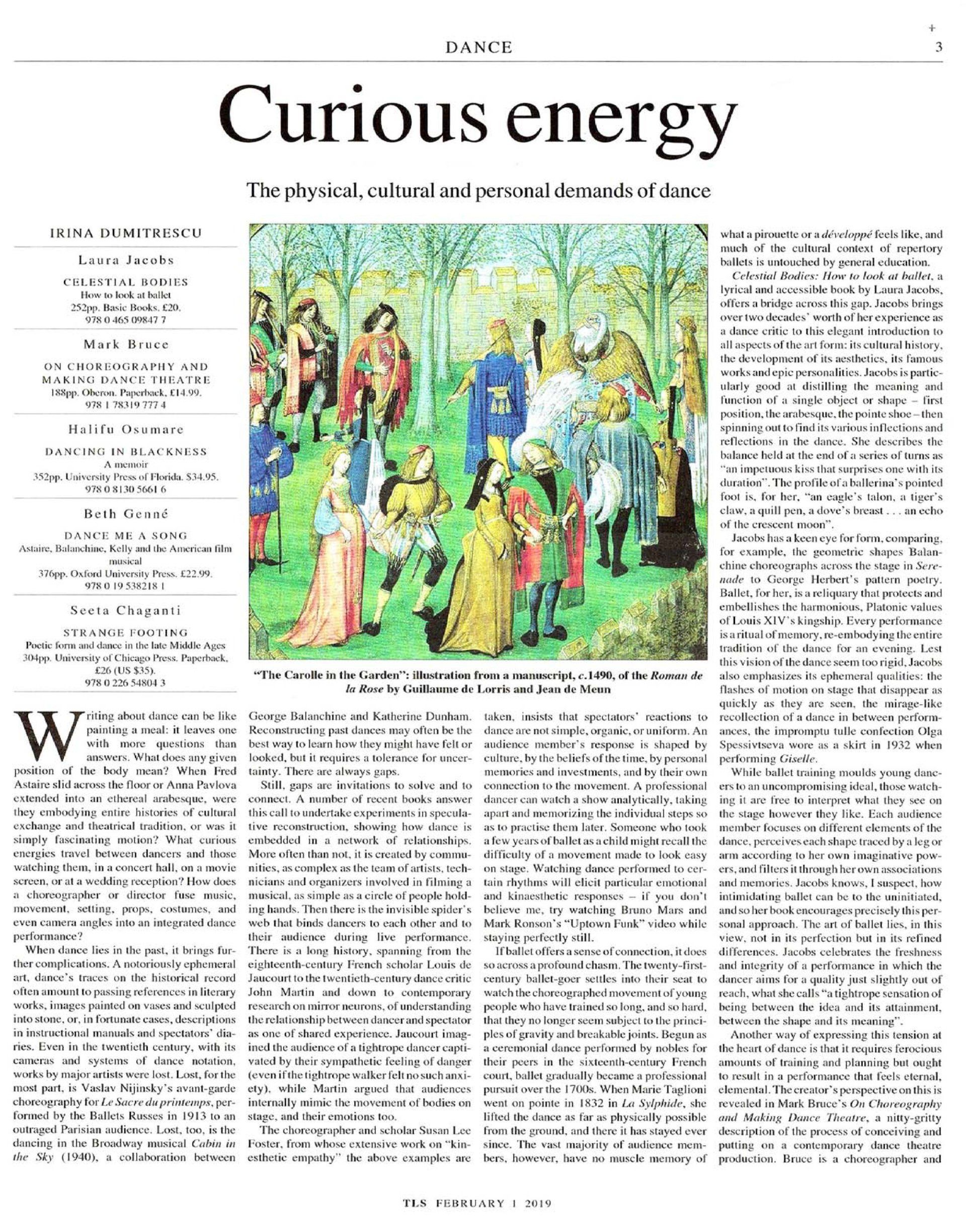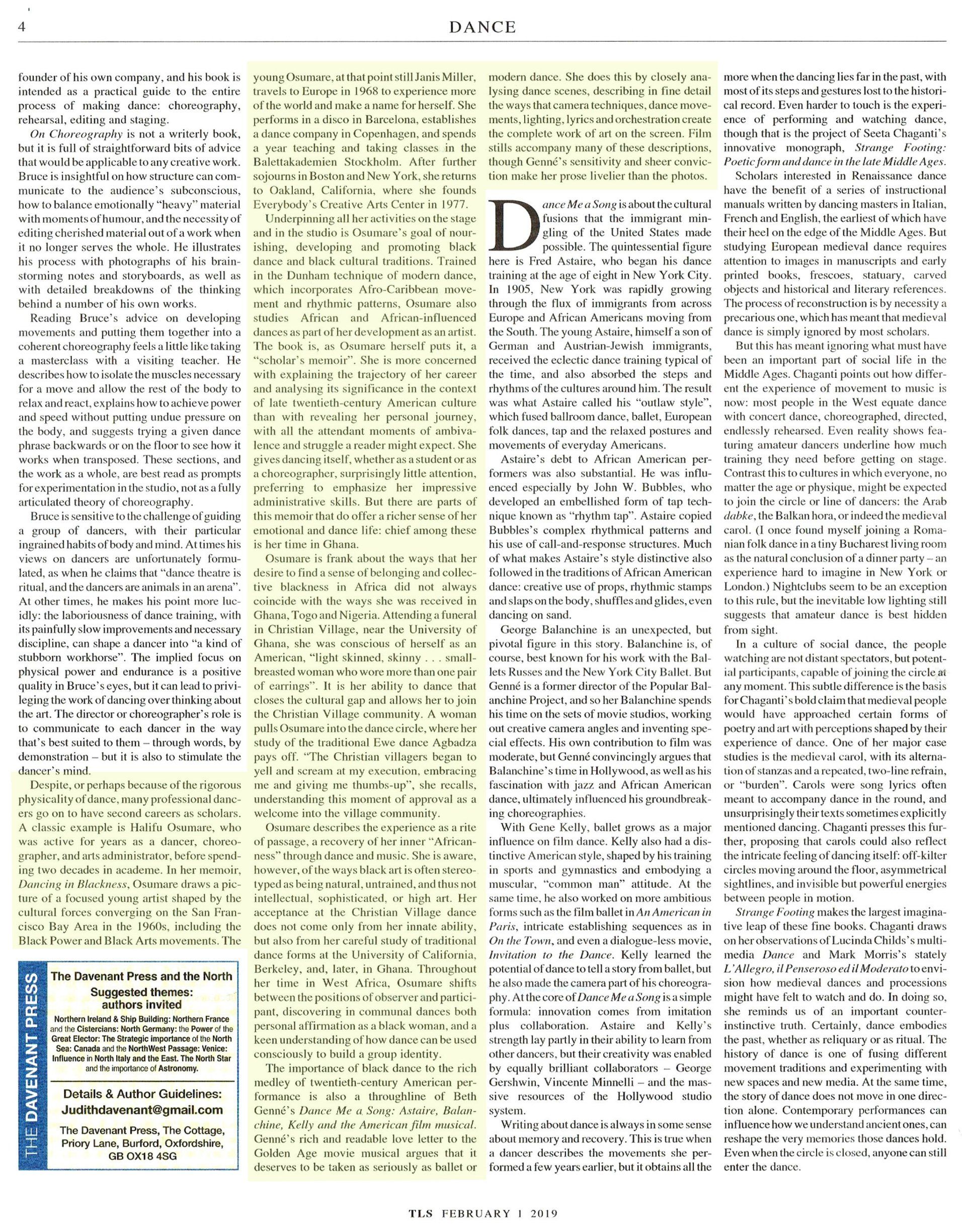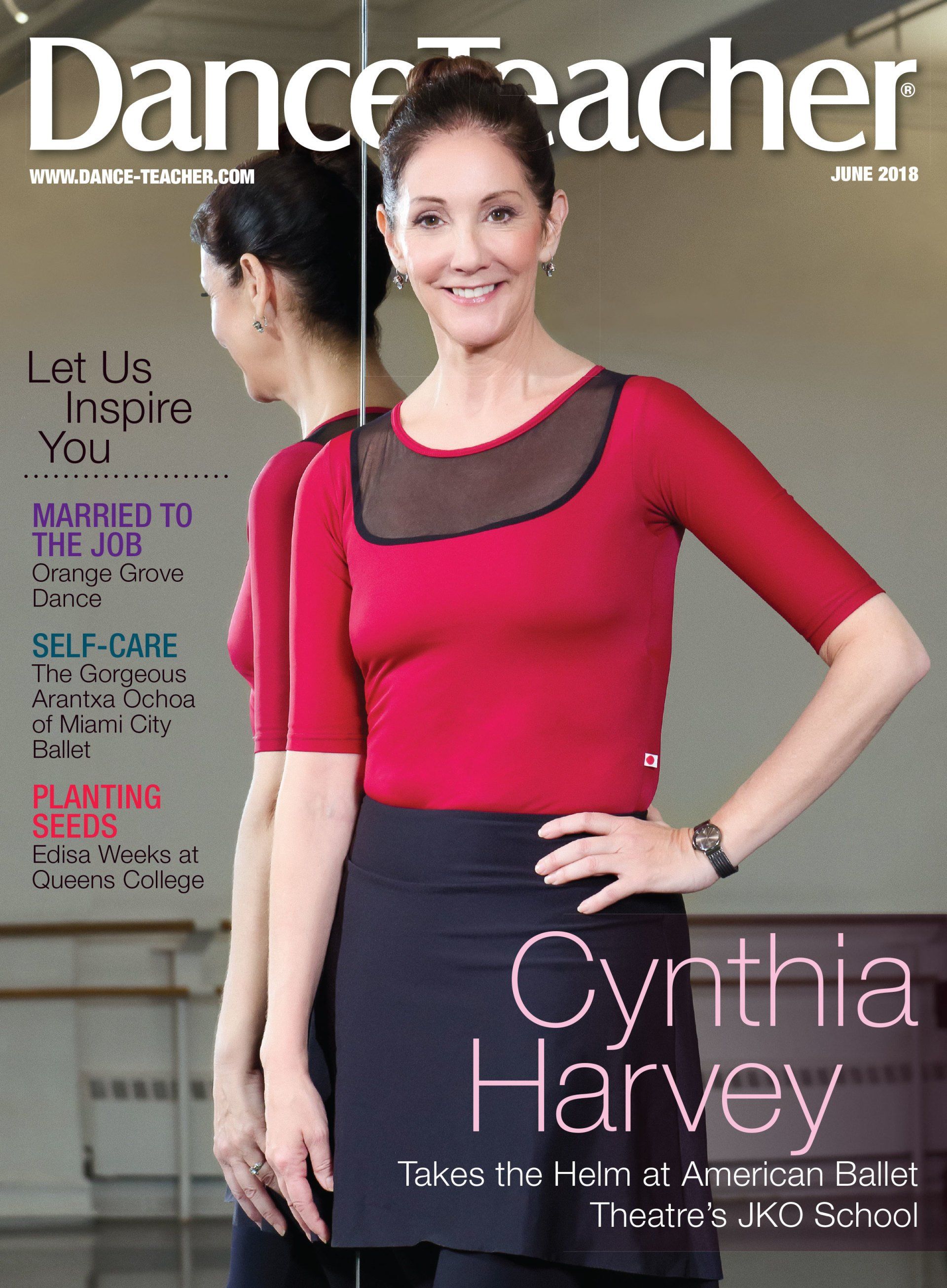Black Popular Culture Scholar, Dance Educator, Choreographer
REVIEWS
THE TIMES LITERARY SUPPLEMENT – FEBRUARY 1, 2019
JOURNAL OF DANCE EDUCATION 18 (4), p. 180
Dancing in Blackness: A Memoir
Halifu Osumare. University of Press Florida, 2018. 378 pages; $34.95.
When we learn about people in dance history, they are usually presented as a complete product emerged fully formed or highly edited. Rarely do we see how current events, sociopolitical climate, and other people shape the artist. In the foreword, Brenda Dixon-Gottschild describes Halifu Osumare’s Dancing in Blackness as an “intimately detailed self-reflection” (xii) and a “personal memoir/social history/biography/commentary” (xi).
In the six chapters of the book, Osumare describes her 30-year journey as a triple threat: black, woman, and dancer. Organized in a chronological narrative geographi- cally, the book begins with Osumare as a student in the San Francisco Bay Area. She then takes us to Europe, back to the United States, and to Ghana before settling in Oakland, California. In each place, Osumare gracefully re-creates the world around her as she is “exploring, stretching out, finding her unique individual voice and exploring blackness from [her] own dance viewpoint” (67). We gain insight into how the Black Arts Movement encouraged her attraction to and influence by Katherine Dunham’s technique, how the “‘Long Hot Summer’ of 1968” (35) triggered her decision to leave the United States and start her dance career in Europe, and how the exotic and erotic Josephine Baker phenomenon she experienced in Europe brought her back to the United States to continue her career. We learn how Osumare’s work with the Black Arts Movement in the 1970s led her to study on the African continent, and how all of these experiences led her in the 1980s and 1990s to create a national dance initiative—Black Choreographers Moving Towards the 21st Century—as a means to acknowledge “the credibility of [black] cultural heritage in the face of establishment pushback from all quarters of ‘white’ academia” (xii).
Osumare invites us to witness what she thought, felt, and experienced in each place. Often I found myself caring for her and cheering her on as I would a favored character in literature. Her journal entries are reflexive and vivid—more accurate than memory. The conversations the older Osumare has with her younger self are often humorous.
Book and Media Reviews
Who has not looked back and mentally rolled their eyes at their younger self? Osumare also connects us to artists she meets in and out of the dance world. Many of the artists are recognized names, but more important, she connects us to artists and events overlooked by dance history. Through these connections she shows how black modern dance paralleled, intersected, and shared space with mainstream (white) modern dance.
Osumare weaves her memories and experiences as a chor- eographer and performer with those of an anthropologist to create a textured, layered, thick text. The book is dense—not in an incomprehensible way—and it should not be gulped down, but rather savored to adequately take in its richness and complexity. As someone who teaches dance history, I recom- mend this book as a lovely example for any dance student to see that art does not exist in a vacuum but is a response to and reflection of artists’ experiences, conflicts, and boundaries created by themselves or society.
The contributions of African-American dancers and choreo- graphers in dance history are truncated to a few sentences at best or erased entirely. Their choreographic work is often the foreground, so it is easy to forget that they were hungry dancers who just wanted to dance and find a place that allowed them that opportunity. It is also easy to forget that their work was created during the Jim Crow era and segregation, amid the violence and racial tensions that spurred the Black national, Black arts, and civil rights movements. The art created by African Americans is intimately connected to their experiences as people of color. Osumare’s Dancing in Blackness, to borrow from Clifford Geertz, is a thick description of a black woman dancer “putting her own reputation on the line about a highly controversial issue and letting her voice be heard speaking truth to power” (xi).
Nicole Y. McClam, MFA
Dance Teacher Magazine - June 2018
Dancing in Blackness: A Memoir
By Halifu Osumare
2018; University Press of Florida; $34.95
Halifu Osumare, former professional dancer and current black studies scholar at UC Davis, explores the history of race in the professional dance world. She recounts four decades' worth of poignant personal experience using dance as a tool for social change and justice (including amid the 1960a Black Arts Movement in San Francisco). Her perspective on black dance in America will benefit the whole dance community as it studies the role of race in the dance world and beyond.



